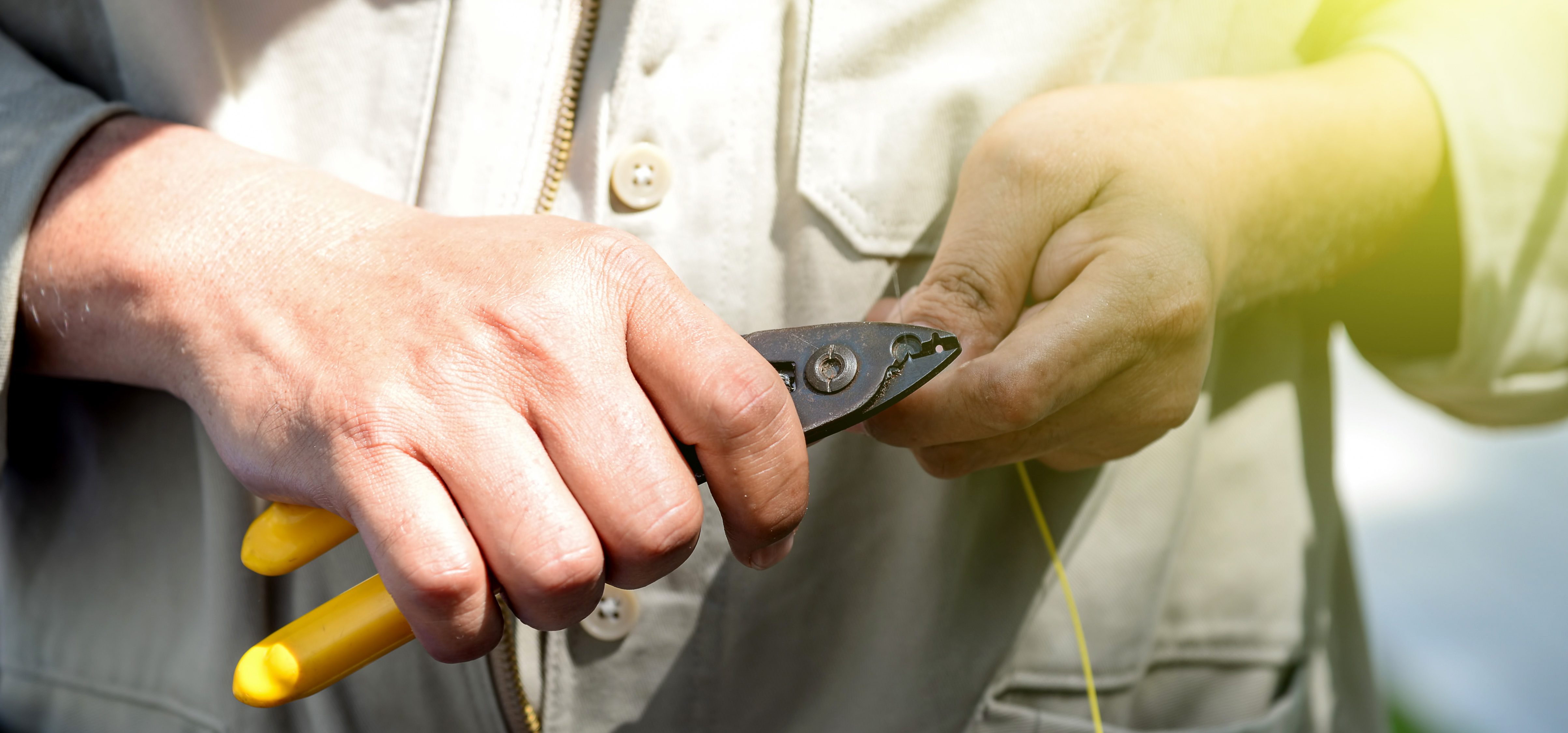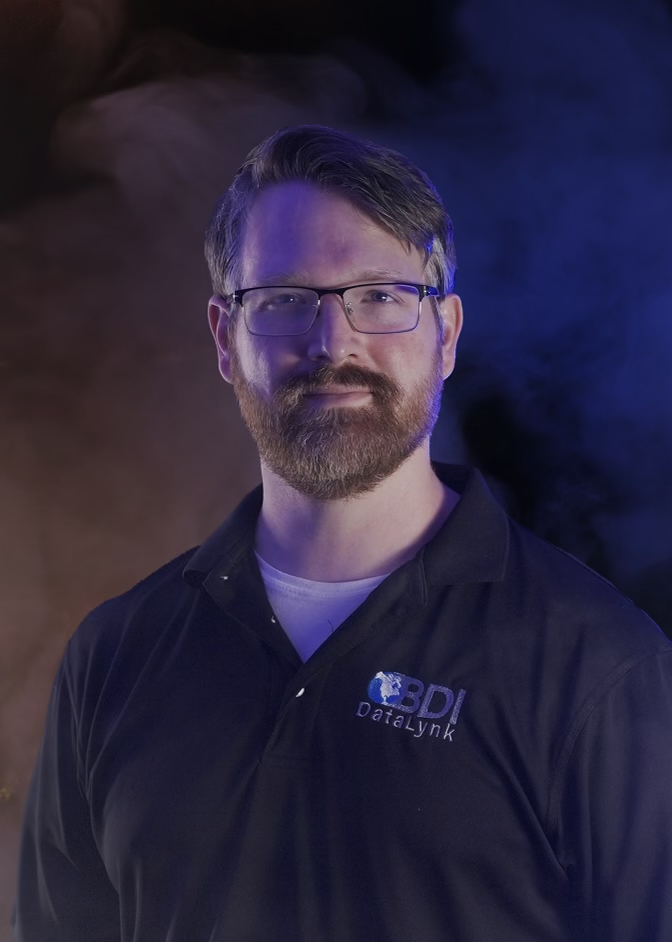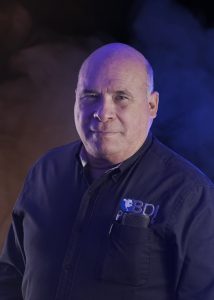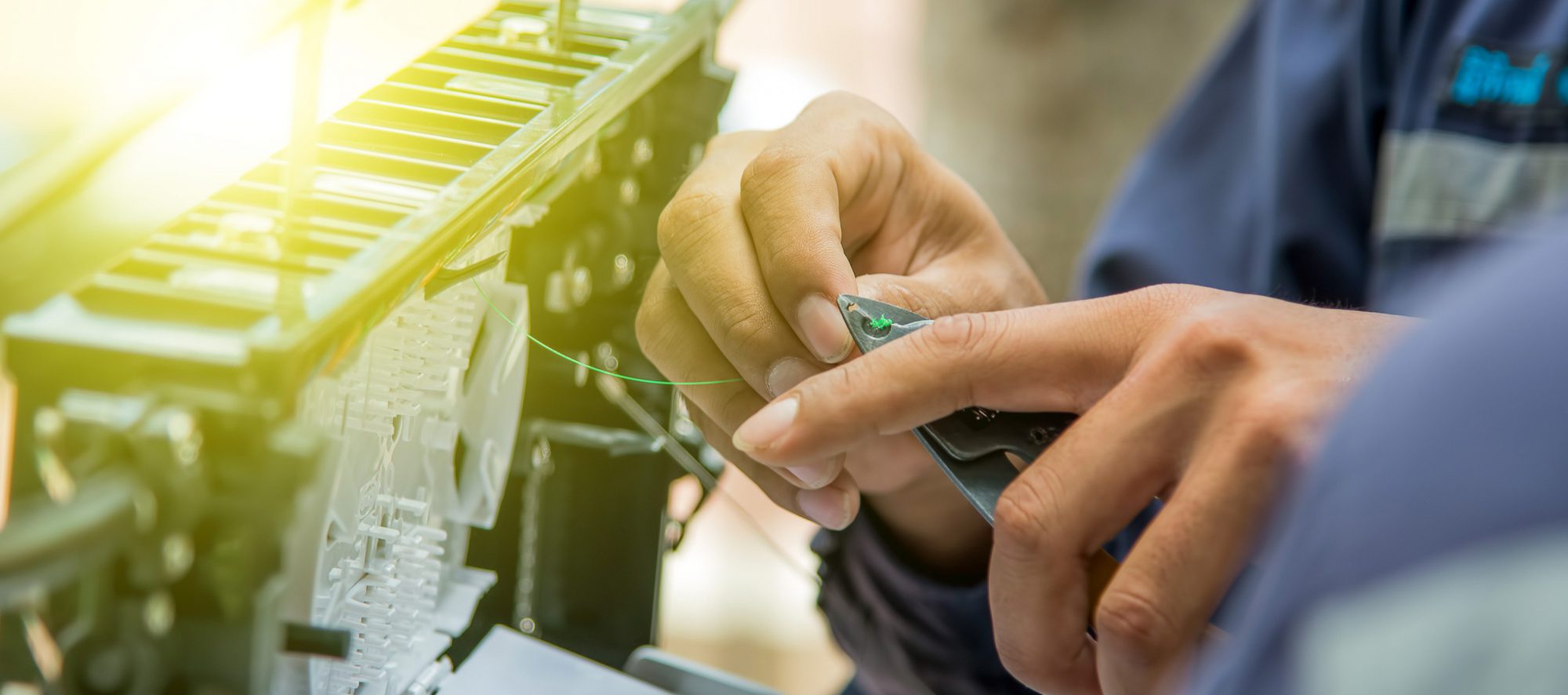
| This course is sanctioned by the Fiber Optic Association (FOA), the largest professional society of fiber optics in the world. FOA courses offered by BDI DataLynk are recognized by The US Department of Labor. |
Course Description
This Splicing Specialist Training provides in-depth information about splicing, including an overview of OTDR functions and trace interpretation. The course emphasizes hands-on learning, covering key points to achieve high-performance splicing. Students will train in both fusion and mechanical splicing of single or multimode fiber optic cables. During these sessions, the instructor will demonstrate the use of various types of inside or outside plant fiber optic cables, as well as fiber optics enclosures and splice trays.
The student must pass (meaning 70% of the questions must be answered correctly) on both the written and hands-on exams to successfully pass this course. All exams are closed-book. Tuition includes all books/study materials, exam fees and three-year membership to the FOA.
Course Objective
Prepare students to take the CFOS/S (Certified Fiber Optics Specialist/Splicing) exam. Enable student to successfully make and test both mechanical and fusion splices, and to correctly and efficiently install spliced fibers into splice trays and enclosures. Ensure students achieve a splice loss of less than 0.15 dB for all splices and demonstrate proficiency in interpreting splice loss using OTDR splice traces.
Prerequisites
- *CFOT certification from the Fiber Optics Association (FOA)
- Must be able to identify and manipulate small tools
- Must be able to read and speak the English language
- Must have basic working knowledge of computers
*As of January 1, 2015, the student MUST have, within the preceding 12 months, either successfully passed the basic CFOT course OR have renewed their FOA membership prior to attending any FOA Specialist courses offered by BDI Datalynk. There are no exceptions.
Method of assessing whether course objective was met
CFOS/S test is given and graded at the end of the class. A hands-on practical exam is given to insure student is proficient in installing and making mechanical and fusion splices according to industry standards.
Instructors
Our field-experienced, FOA/BDI certified leaders will guide students through their training.
Note: Instructors are assigned to each location by BDI.
 |
 |
 |
|
| Tom Rauch | Michael Rauch | Kerry Hammer |
Contact (Instructional) Hours
16 hours (Approximately)
Note: Actual number of hours may vary depending on number of students.
Physical demands
- Students must be able to see, manipulate, and hold small tools and test equipment.
- Students must have the ability to announce to anyone in the classroom that lasers are about to be turned on or are currently on and active.
- Student must be able to hear and react to the announcement from anyone in the classroom that lasers are about to be turned on or currently active.
Tuition
Varies by location
Please check with your individual course location coordinator.
Textbook
FOA Reference Guide To Fiber Optics: Study Guide to FOA Certification by Jim Hayes.
Supplementary study materials includes Student Lab Manual.
Course Outline
Day 1:
- Review of Fiber Optics Basics
- Review of Fiber Optics Networking Standards
- Fiber Optics Safety.
- Fiber Cable Preparation
- Fusion & Mechanical Splicing Process
- Splice Troubleshooting
- Hands-on Session Begins. Students must build test and troubleshoot actual fiber optics cable plant using pigtails with both fusion and mechanical splicing techniques to industry standards.
Day 2:
- Hands-on Session Continues
- Wall Mount Enclosures and Installation with splices (both fusion and mechanical),
- Hands-on Practical (Splicing Troubleshooting Exam)
- Review
- Written Exam
- Test Results, Exam Discussion, and Questions


